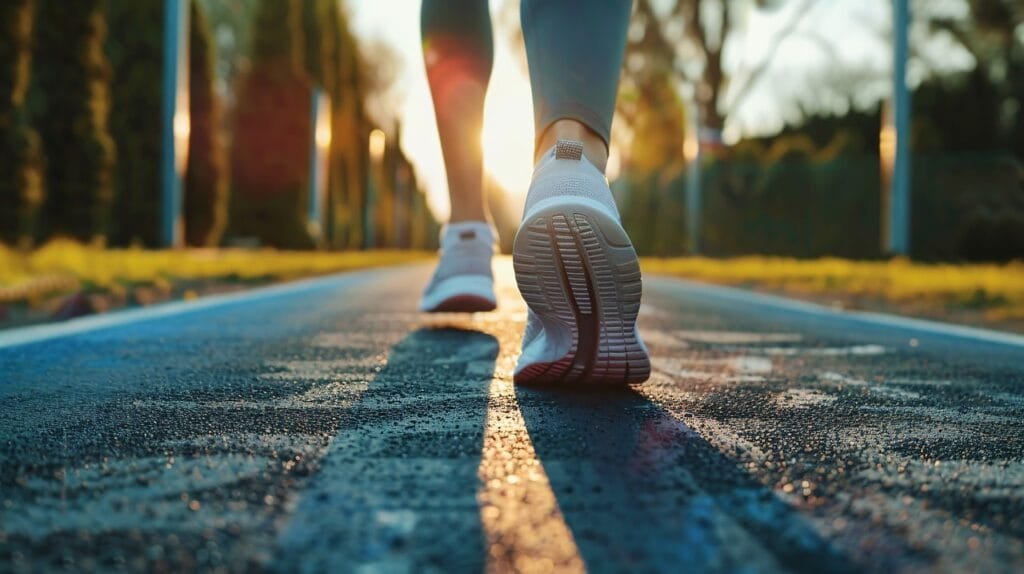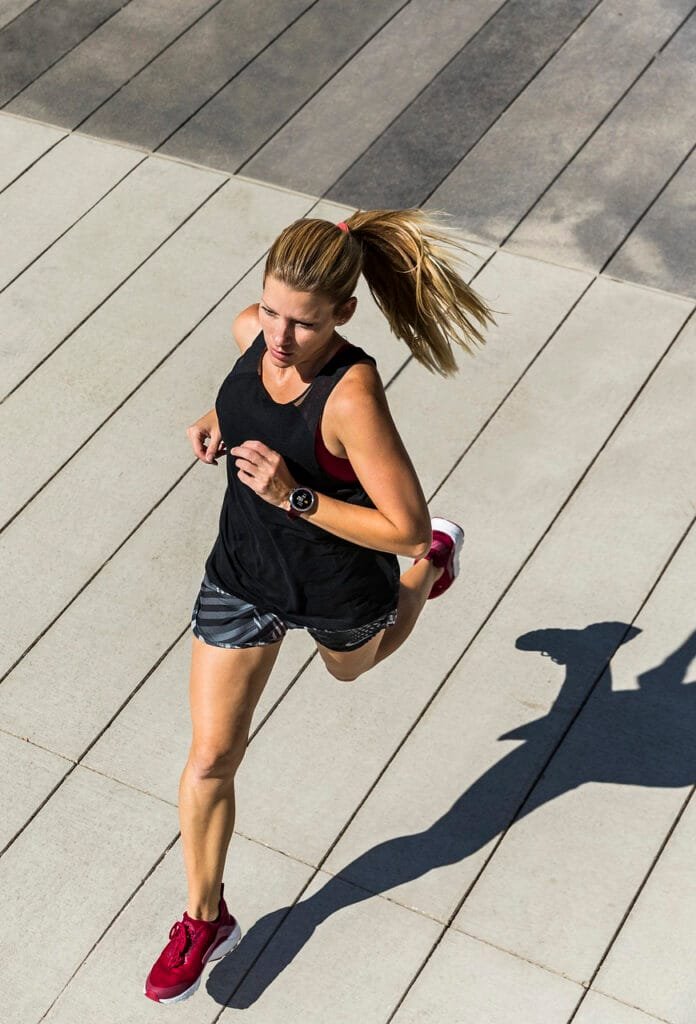For many bodybuilders, cardio often takes a backseat to weightlifting, yet its role in achieving a well-rounded physique and optimal health cannot be ignored. Cardiovascular exercise is not just about fat loss; it’s essential for maintaining heart health, enhancing endurance, and complementing your strength training. This blog dives into the when, why, and how much of cardio for bodybuilders.

Why Cardio Matters for Bodybuilders
- Heart Health: Strength training focuses on skeletal muscles, but your heart—the most vital muscle—also needs exercise. Regular cardio improves heart function, lowers blood pressure, and enhances circulation.
- Fat Loss: Cardio is a great tool for creating a calorie deficit. By combining it with a calorie-controlled diet and weightlifting, bodybuilders can reduce body fat while preserving muscle mass.
- Improved Recovery: Light cardio increases blood flow, which helps deliver nutrients to muscles and speeds up recovery from intense lifting sessions.
- Enhanced Endurance: A solid cardiovascular base helps bodybuilders perform better during high-rep sets and recover faster between them.
When to Do Cardio
The timing of your cardio sessions depends on your goals and workout routine:
- Post-Workout: Doing cardio after your weightlifting session minimizes interference with strength and muscle gains. Your glycogen stores are primarily depleted, meaning your body may rely more on fat for energy.
- Separate Sessions: For optimal performance in both cardio and lifting, schedule them as separate sessions—one in the morning and the other in the evening. This allows adequate recovery between activities.
- On Rest Days: Use rest days for low-intensity cardio to promote active recovery and maintain calorie expenditure without taxing your muscles.
- Fasted Cardio: While some bodybuilders swear by fasted cardio for fat loss, its effectiveness varies. It’s a personal preference and may not suit everyone.
How Much Cardio Is Enough?
The amount of cardio a bodybuilder needs depends on their goals:
- For Bulking:
- Keep cardio sessions minimal (2-3 times per week for 20-30 minutes) to avoid excessive calorie burn and muscle loss.
- Focus on low to moderate intensity, such as brisk walking or cycling.
- For Cutting:
- Increase cardio frequency (4-5 times per week) to create a calorie deficit.
- Combine steady-state cardio with high-intensity interval training (HIIT) for effective fat loss.
- For Maintenance:
- Aim for 3-4 sessions per week of moderate-intensity cardio for overall health and fitness.

Types of Cardio for Bodybuilders
- Low-Intensity Steady-State (LISS):
- Activities: Walking, cycling, swimming.
- Benefits: Easy on joints, effective for fat loss without compromising recovery.
- High-Intensity Interval Training (HIIT):
- Activities: Sprinting, rowing, burpees.
- Benefits: Time-efficient, burns more calories in less time, boosts metabolism.
- Moderate-Intensity Cardio:
- Activities: Jogging, elliptical trainer.
- Benefits: Strikes a balance between LISS and HIIT, suitable for most fitness levels.
Balancing Cardio and Strength Training
To maximize muscle gains while reaping the benefits of cardio:
- Prioritize weightlifting in your routine, as it’s the primary driver of muscle growth.
- Opt for shorter cardio sessions to avoid excessive fatigue.
- Monitor your energy levels and adjust your cardio frequency if you notice signs of overtraining.
Final Thoughts
Cardio is a valuable addition to any bodybuilding routine, contributing to heart health, fat loss, and improved performance. The key is to strike the right balance—customizing the type, timing, and frequency of cardio based on your goals. By incorporating cardio intelligently, you’ll not only enhance your physique but also support long-term health and fitness.

